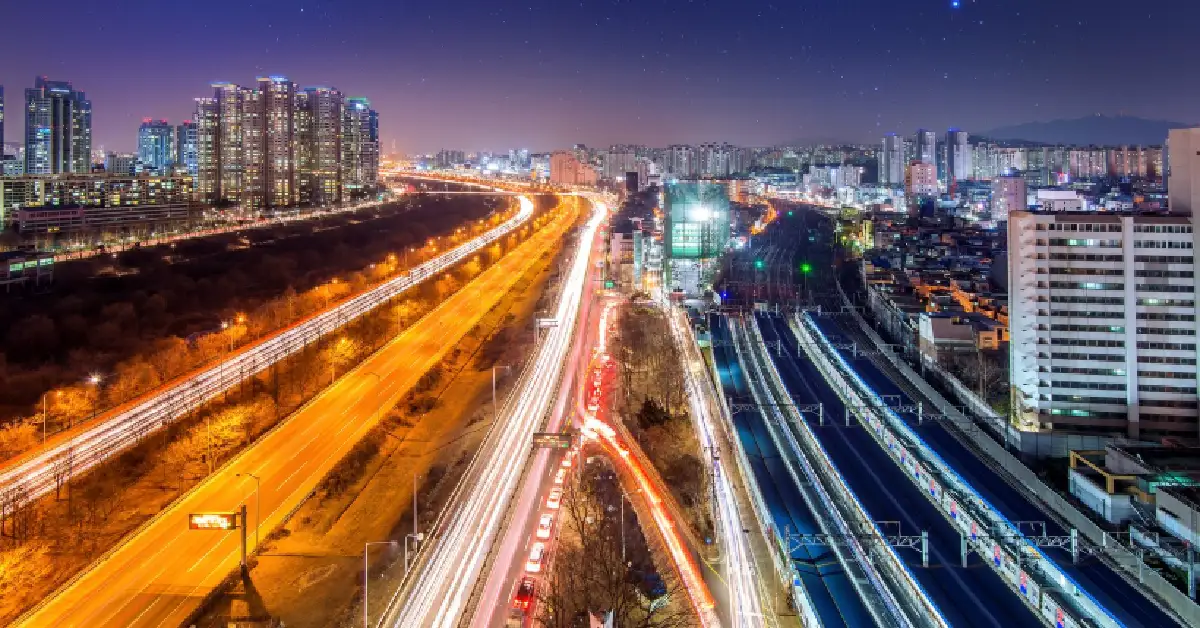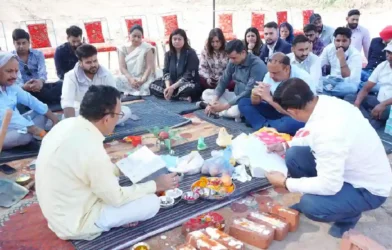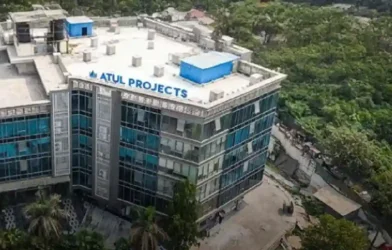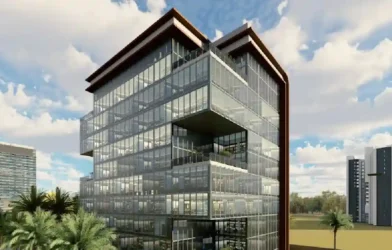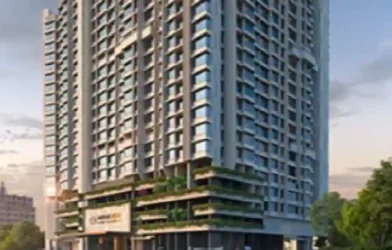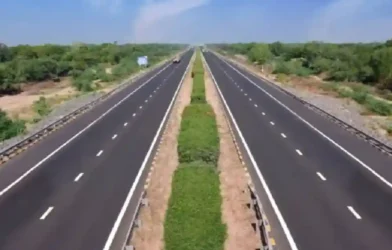Subtotal ₹0.00
India’s top eight cities offer a real estate development potential of nearly 106 million sq. ft. within transit nodes such as metro stations, railway hubs, and ISBTs, according to a new CBRE report.
Delhi-NCR leads with the highest share at 32 million sq. ft., driven by its rapidly expanding metro network, inter-state bus terminals, and urban railway stations.
The report titled ‘Billions in Transit: Assessing the Impact of Transit Oriented Development on Indian Cities’, highlights that there is an opportunity to develop over 106 million square feet of real estate within major transit nodes, such as metro stations, train stations, and inter-state bus terminals, across the country’s top eight cities.

The Delhi-NCR region demonstrates the highest potential for transit-oriented real estate development, estimated at 32 million sq. ft. This significant capacity is attributed to the region’s expanding metro system, ISBTs, and city railway stations. Mumbai holds the second-highest potential at 20 million sq. ft., followed by Chennai with an estimated 13 million sq. ft., according to the report.
Other key cities such as Hyderabad, Kolkata, Chennai, Ahmedabad and Pune are also seeing TOD-linked real estate activity, though at different scales, as mass transit networks expand.
TOD includes both commercial and residential projects, alongside dedicated spaces for activities such as walking and cycling, and spots offering multi-modal transport integration designed around major transport hubs. TOD corridors are also accelerating the rise of mixed-use ecosystems, integrating residential, office, retail, and leisure spaces, reducing commute times and supporting compact, connected growth.
In Delhi-NCR, planned projects such as Dwarka ISBT, Aerocity ISBT, and Jewar International Airport, and existing hubs such as Sarai Rohilla and Hindon Airport offer high potential for TOD.
In Mumbai, these places include railway stations like Bandra, Dadar, Mumbai CST and the upcoming Navi Mumbai International Airport. Moreover, hubs such as Chennai Airport, Maduravoyal Expressway and Chennai Peripheral Ring Road can unlock potential transit-oriented real estate.
In fact, the National TOD Policy and initiatives such as the Smart Cities Mission are providing a robust framework for compact urban growth, sustainable mobility, and higher FAR incentives across the country. Additionally, states such as Maharashtra, Delhi, Haryana, and Uttar Pradesh have introduced their own TOD policies.
Anshuman Magazine, Chairman & CEO – India, South-East Asia, Middle East & Africa, CBRE, said, “TOD paves the way for vibrant, mixed-use communities that are not only commercially viable but also sustainable and livable. As metro networks and transport hubs continue to expand across urban India, TOD will play a pivotal role in shaping inclusive, accessible, and future-ready cities. To fully realize this potential, however, challenges around land acquisition, financing, skill availability, and outdated land-use regulations need to be systematically addressed.”
Ram Chandnani, Managing Director, Leasing services, CBRE India, said, “Transit-Oriented Development is fast emerging as a game-changer for India’s urban growth story. Developers are increasingly aligning with TOD principles to design integrated, live-work-play ecosystems that cater to the evolving needs of urban professionals. The model not only unlocks greater value for commercial developers but also enhances accessibility for homebuyers, drives higher footfalls for retailers, and improves operational efficiency for logistics operators. In essence, TOD creates a win-win framework for all stakeholders while fostering more sustainable and connected cities.”
The report examines numerous global case studies to highlight how the TOD model has seamlessly linked infrastructure with real estate opportunities while recommending best practices for key stakeholders that can be adapted for India:
Regulatory interventions
· Create unified urban transport authorities with planning and development powers
· Simplify development control rules in TOD zones
· Enforce parking policies that discourage private vehicle usage
Design-based interventions:
· Implement flexible zoning on plots or demarcate as ‘white sites’ in development plans
· Repurpose existing structures
· Improve the area’s walkability through shaded pathways
Financial interventions:
· Fund transport infrastructure though land-value capture mechanism
· Develop a recurring income stream for maintenance and expansion of transit systems




